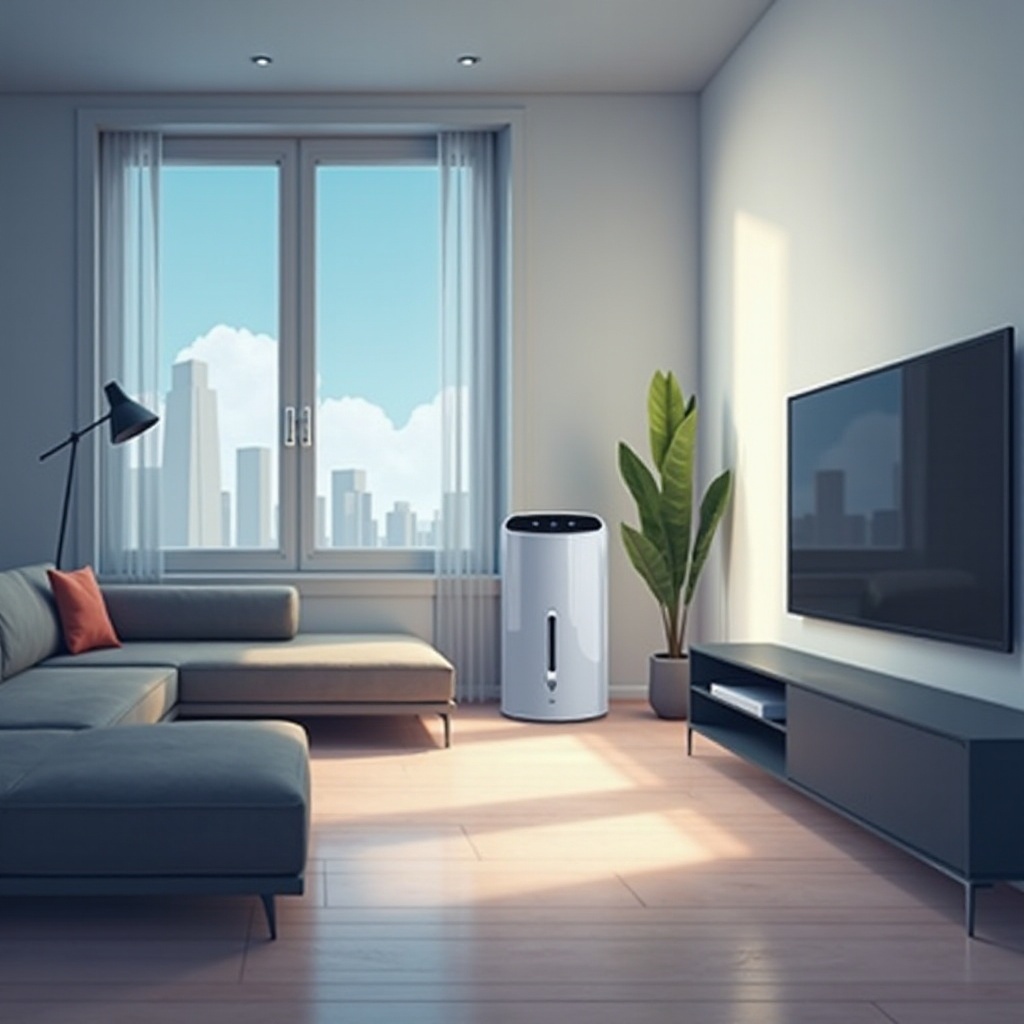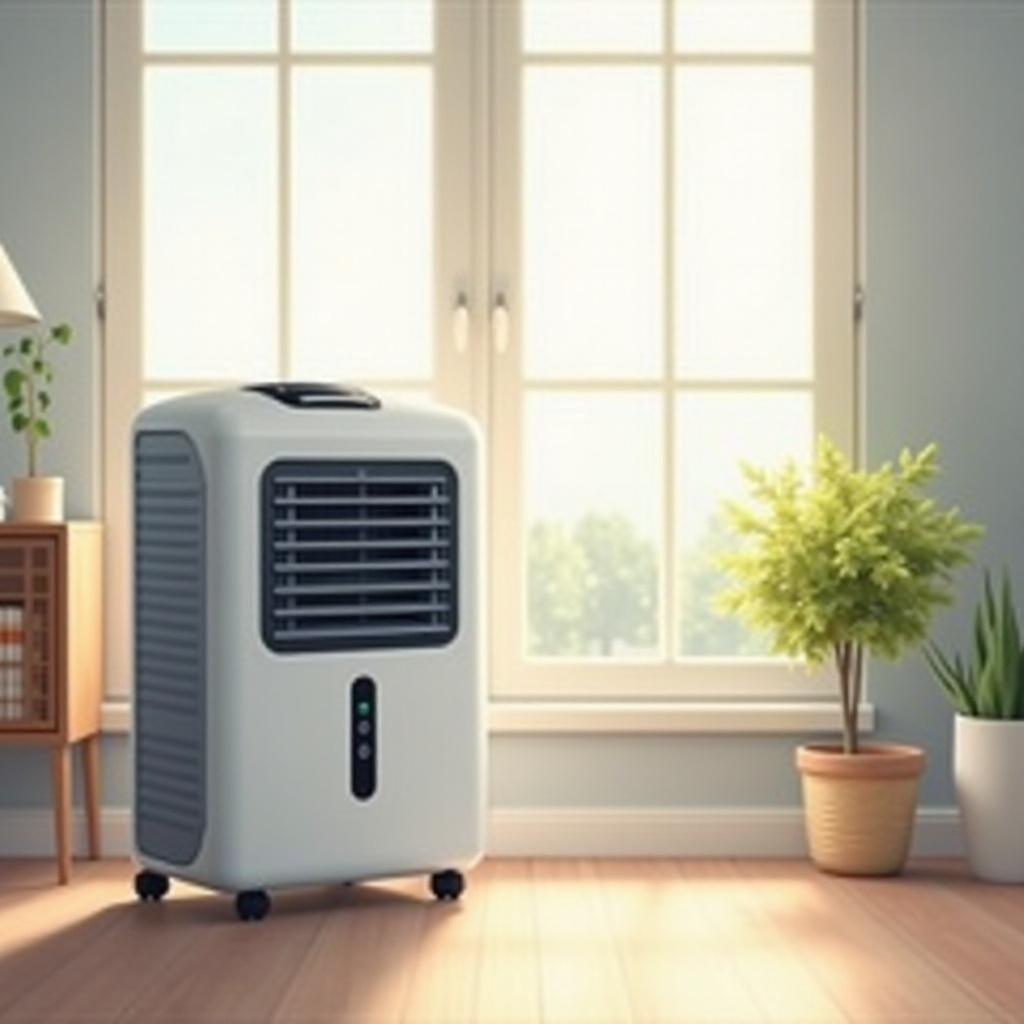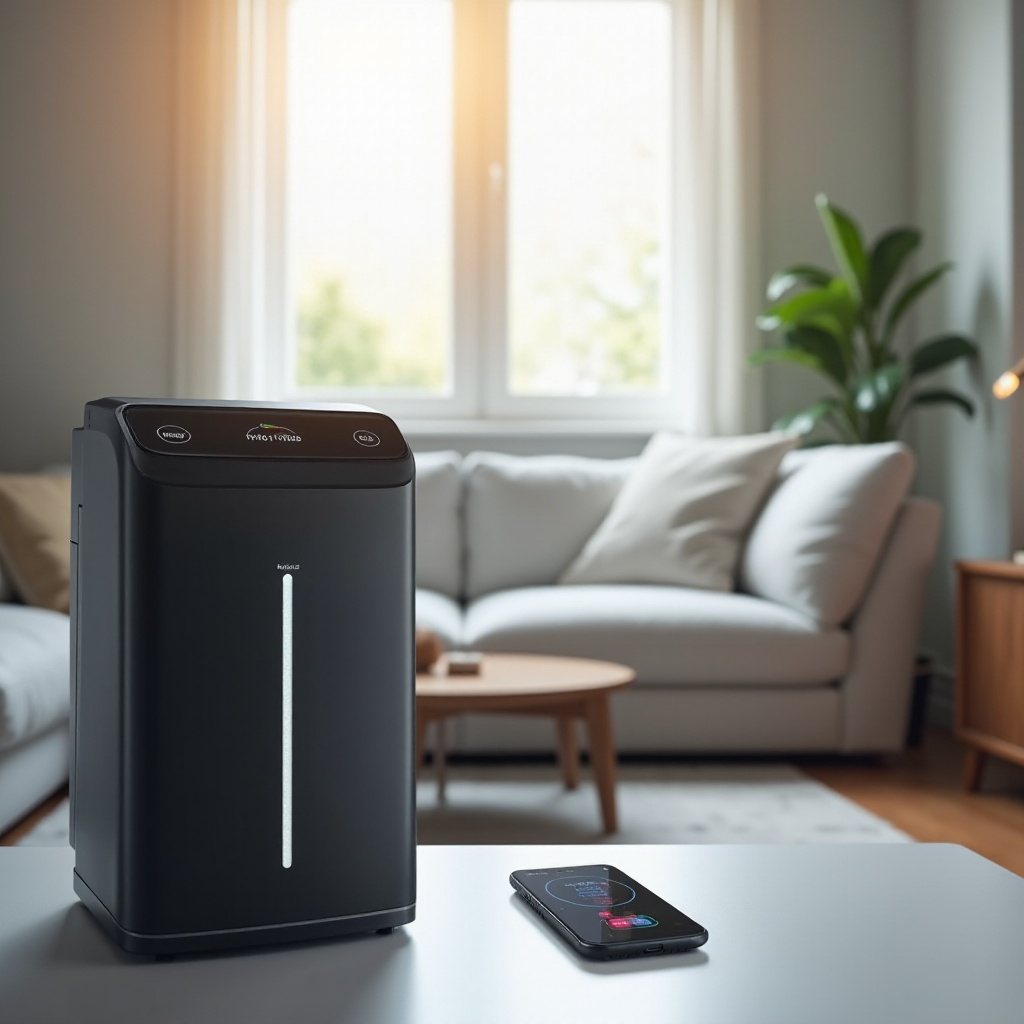Introduction
A dehumidifier plays a crucial role in reducing humidity levels, preventing mold growth, and enhancing comfort within your home. But how can you be sure it's operating effectively? Identifying signs of a properly functioning dehumidifier is essential for maintaining a pleasant and safe environment. This guide will walk you through the indications of a working dehumidifier, troubleshooting common issues, and the maintenance practices to ensure optimal performance.

Understanding How Dehumidifiers Work
Grasping the basics of how your dehumidifier operates is key to assessing its functionality. Dehumidifiers draw warm air currents into their coils via a fan. The air contracts as it passes through the evaporator coils, and condensation forms as the cooling air releases moisture. This moisture accumulates in the unit's tank, while the drier air is expelled back into your living space.
Maintaining proper humidity levels in your home is crucial. It prevents conditions that promote the growth of mold and dust mites, which thrive in moist environments. A dehumidifier effectively manages these conditions, ensuring your home remains comfortable and with improved air quality.
Signs Your Dehumidifier is Working Properly
You can look for several indicators to ensure your dehumidifier is operational:
- Consistent Water Collection: Regularly check the water tank. If it's steadily collecting water, your dehumidifier is likely working well.
- Measured Humidity Levels: Using a hygrometer, measure the room's humidity. A steady decrease in humidity levels indicates your device functions effectively.
- Improved Air Quality and Comfort: If you notice reduced odors, less condensation on windows, and a fresher atmosphere, your dehumidifier is performing its job effectively.
Should you encounter any performance issues, understanding what to look for can help resolve them promptly.
Troubleshooting Common Dehumidifier Problems
Sometimes, your dehumidifier might not function as expected. Here are common problems and solutions:
- Lack of Water Collection: If the water tank isn't filling, verify that the appliance is in an enclosed area with minimal airflow disturbances.
- Unusual Noises or Smells: Any strange noises or odors warrant an inspection for blocked filters or fans that need cleaning.
- Electrical or Power Issues: A dehumidifier that won't turn on or shuts off unexpectedly may have a power supply problem. Check connections, ensure the plug is secure, and inspect for loose wires or blown fuses.
By addressing these issues, you can restore your dehumidifier to its optimal state, safeguarding air quality and humidity control.
Routine Maintenance Tips for Optimal Performance
Routine maintenance is vital to prolonging the life of your dehumidifier and ensuring it runs efficiently:
- Regular Cleaning of Filters and Coils: Keep filters clear and replace them according to the manufacturer's instructions. Clean coils periodically to prevent dirt accumulation that can impede air flow.
- Scheduled Inspections and Servicing: Perform routine checks of moving parts and electrical components. Annual servicing or as recommended by your user manual can keep your device in top condition.
These maintenance practices not only ensure efficiency but also extend your appliance’s lifespan, reducing the need for constant repairs.

Advanced Tools for Monitoring Performance
Besides basic checks, consider using advanced tools for a more precise assessment of your dehumidifier’s performance.
- Using Hygrometers and Humidity Meters: Place a hygrometer in your room to monitor humidity levels consistently. Regular readings give you insight into your device's efficiency.
- Data Logging and Tracking: Use data logging tools to record humidity levels over time. Analyzing patterns and identifying when adjustments or servicing is needed provides deeper insight into the device's performance.
Armed with the right tools, you can enhance your dehumidifier's efficiency to maintain your home's comfort and safety.

Conclusion
Recognizing the signs of a working dehumidifier and understanding its operating principles are crucial for maintaining a healthy home environment. Regular performance checks, diligent maintenance, and the use of monitoring tools help keep your device efficient and long-lasting. By ensuring optimal operation, you enjoy improved indoor air quality and comfort.
Frequently Asked Questions
How often should I check my dehumidifier’s performance?
It's advisable to check your dehumidifier's performance monthly, focusing on water collection and humidity levels.
What should I do if my dehumidifier isn’t collecting water but is running?
Ensure the unit is positioned correctly, clean its filters and coils, and check for any airflow obstructions to resolve the issue.
Can I use my dehumidifier all year round?
Yes, but adjust settings seasonally based on humidity levels to prevent overuse and ensure efficient operation.
